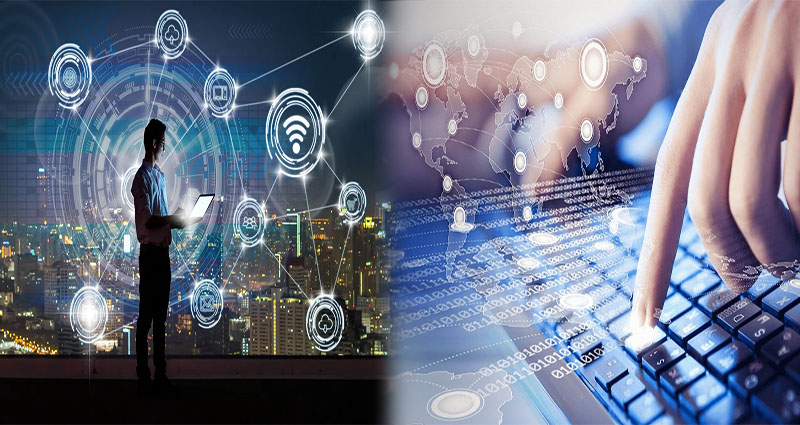The Internet of Things (IoT) has become a buzzword in the tech industry, revolutionizing the way we interact with devices and the world around us. In this article, we will provide an overview of IoT, define its core principles, explore some real-world examples, and discuss the future trends that lie ahead.
Definition of IoT
The Internet of Things refers to the large network of interconnected devices that communicate and exchange data with each other over the internet. These devices can be anything from smartphones, smart home appliances, wearables, to industrial machinery and sensors. By leveraging sensors, software, and network connectivity, IoT enables these devices to collect and share data, ultimately leading to intelligent decision-making and automation.
At its essence, IoT is about connectivity and data exchange between devices, enabling them to work autonomously and collaborate seamlessly. This connectivity enables devices to gather and analyze data in real-time, ultimately driving efficiency and creating new possibilities for innovation.
Examples of IoT in Action
IoT has permeated various industries and sectors, transforming the way we live, work, and interact with technology. Here are some real-world examples that showcase the diverse applications of IoT:
- Smart Home: IoT-enabled devices like smart thermostats, security cameras, and lighting systems allow homeowners to control and monitor their homes remotely. They can adjust heating and cooling settings, receive real-time alerts about security breaches, and manage lighting preferences through smartphone apps.
- Health Monitoring: Wearable health trackers, such as fitness bands and smartwatches, utilize IoT capabilities to monitor vital signs, track physical activity, and provide personalized health insights. This data can be shared with healthcare professionals, enabling remote patient monitoring and personalized care.
- Industrial Automation: IoT plays a crucial role in industrial settings by enabling predictive maintenance, optimizing production processes, and improving worker safety. Industrial IoT (IIoT) uses connected sensors, machinery, and systems to gather data, monitor performance, and automate processes, leading to increased efficiency and reduced downtime.
- Smart Cities: IoT is transforming urban infrastructure by creating smart cities. IoT-powered systems monitor and optimize traffic flow, control street lighting based on weather conditions, optimize waste management routes, and enable intelligent parking solutions. These applications enhance the quality of life for residents while promoting sustainability.
Future Trends in IoT
As IoT continues to evolve, several trends are shaping its future:
Edge Computing: To reduce latency and improve efficiency, processing and analysis of IoT data are moving closer to the source, at the network edge. Edge computing brings computational power and intelligence closer to IoT devices, enabling real-time decision-making and reducing reliance on cloud services.
5G Connectivity: The advent of 5G technology is set to revolutionize IoT capabilities with faster speeds, lower latency, and higher bandwidth. This will enhance the performance and responsiveness of IoT devices, enabling more advanced applications and connectivity.
Artificial Intelligence and Machine Learning: AI and machine learning are poised to play a significant role in IoT. By analyzing the vast amount of data generated by IoT devices, AI algorithms can extract valuable insights, make accurate predictions, and automate actions, leading to smarter and more efficient IoT systems.
Security and Privacy: As the number of connected devices increases, ensuring the security and privacy of IoT networks becomes paramount. Companies and individuals will focus on implementing robust security measures, including encryption, authentication, and regular software updates to protect against cyber threats.
The Internet of Things has already transformed the way we live and work, and its potential is only growing. With its wide array of applications and the promising future trends, IoT will continue to shape industries, drive innovation, and create a more connected and intelligent world. Embracing IoT and its vast possibilities will undoubtedly pave the way for a smarter, more efficient future.









